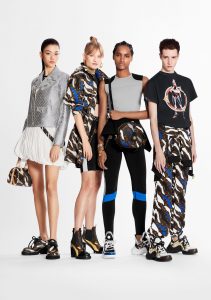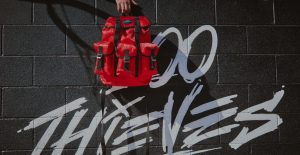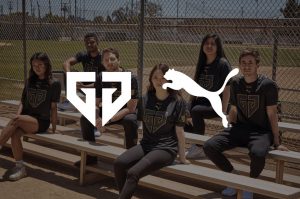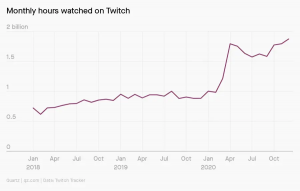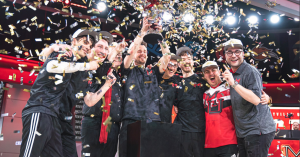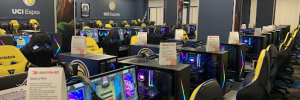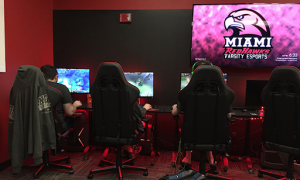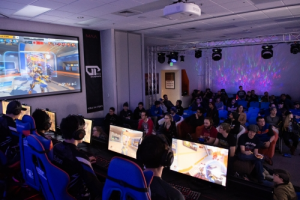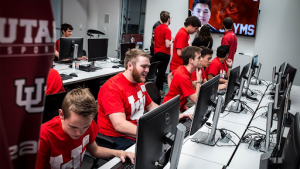Audrey Wayne, Senior Account Director for KemperLesnik, explained to PRWeek why she thinks brands will have more fun in 2024.
Marketers are ready to pounce on the biggest topic of Super Bowl LVIII. Bet that at least one of them will fumble.
Sportsbooks are giving the San Francisco 49ers the edge to win Super Bowl LVIII, but there’s no shortage of off-field wagers. Will Taylor Swift make it to the game? If so, what shade of lipstick will she wear? And will the pop megastar be shown on the CBS broadcast sporting a foam finger?
And then there are commercials and social media conversations.
PRWeek interviewed sports comms experts, many of them on-the-ground in Las Vegas to support client programs, to get their best bets on what to expect Sunday.
First, get ready for fun to make a comeback in a big way. Audrey Wayne, senior account director at KemperLesnik who leads the firm’s sports, recreation and hospitality practice, wagers we’ll see “a lot of brands have more fun this year.”
“We’re four years from the onset of COVID. Elmo has proven we’re all struggling but doing it with millennial dark humor. And with more millennials in management roles, I suspect you’ll see more of that tone of voice,” she says.
The looming U.S. presidential election is another reason brands will take a light and humorous tone.
“I’m predicting brands letting their whimsical, creative flags fly before the winds change toward more serious notes in the fall,” says Wayne.
Many experts say you can’t overestimate just how much this will be the Taylor Swift Super Bowl. Shaun Clair, cofounder of Gray Wolf, says the record Grammy Award winner, and girlfriend of Kansas City Chiefs tight end Travis Kelce, could create a “a mono-trend Super Bowl versus a multi-trend Super Bowl.”
“Brand marketers will be chasing engagement with their social media posts. And where is the engagement? Taylor Swift,” he says.
Clair cites a study from Montclair State University’s School of Communication and Media that shows Swift is set to “overwhelm online discussion around the big game.” It found that when the Chiefs and 49ers advanced to the Super Bowl, Swift-related #SuperBowl posts on X outnumbered those about Chiefs quarterback Patrick Mahomes, 49ers signal caller Brock Purdy and Kelce combined.
Social mentions of the pop icon and the Super Bowl hit 2 million in the week after the Chiefs advanced to the big game. The conversation thread, “Taylor as a national treasure,” also increased 100%.
Michael Schiferl, Weber Shandwick’s EVP for integrated media strategy, predicts this could be the first year that conversation on Super Bowl Sunday isn’t driven “by the game itself, halftime acts and the ads, in that order.”
“Love her or hate her, Taylor Swift may upend those three categories,” he says.
Speaking from the Super Bowl media center at Mandalay Bay Resort, where he is supporting client Super Bowl ads like the Doritos Dinamita spot with Wednesday actress Jenna Ortega, Patrick Wixted, SVP and client services director at Ketchum Sports, agrees that Swift will be a massive topic on social media.
“Brands intent on being part of the game-day conversation should absolutely scenario plan around Taylor topics the same way they plan for in-game happenings and audience reactions to game-day commercials,” he says. “Brands that have historically not seen a role for themselves on game day may find it advantageous to be part of the conversation.”
Wixted is betting at least one brand will fumble the ball.
“Someone’s going to try too hard and fall flat or get called out for it,” he says. His advice for brands to avoid potential “Bad Blood” from her rabid fan base? “It’s got to feel right for the brand, like a no-brainer. If you have to put a lot of effort around it, it’s probably too much.”
Wixted also predicts a brand will score by using the MSG Sphere.
“A lot of brands are already running ads on the exterior, but I think we’ll see a brand use the Sphere on game day in a way we haven’t seen before,” he says, adding it could be in conjunction with AR or mixed reality. “The Sphere really is a marvel of technology and everything marketers dream about.”
Chris Console, EVP and North America Sports Lead at BCW, says it’s a good bet that Swift will be the biggest trending topic from the game. However, he isn’t counting out challengers for share of conversation.
“I predict that there will be something else that drives conversations even more after the game,” says Console. “This feels like a year where a brand that doesn’t have a commercial airing during the Super Bowl pulls an upset by scoring the most media conversations and social chatter following the game.”
“That said,” he counters, “the intersection of sports and pop culture is reigning supreme.”
And, of course, what happens in Vegas, won’t stay in Vegas. Good strategy could set brands up for next football season, evan as far as Super Bowl LIX in New Orleans, says Michael Jacobson, SVP at R&CPMK, who leads the agency’s talent and influencer group and builds programs for major sports and entertainment moments.
“The halo that we typically see post-Super Bowl will have more of an impact at the start of the next NFL season because of all the storylines that led up to this moment in time more than any prior Super Bowl,” he says. “I think when we get to the fall, we’ll see more engagement from different audiences and greater overall engagement and fandom.”

